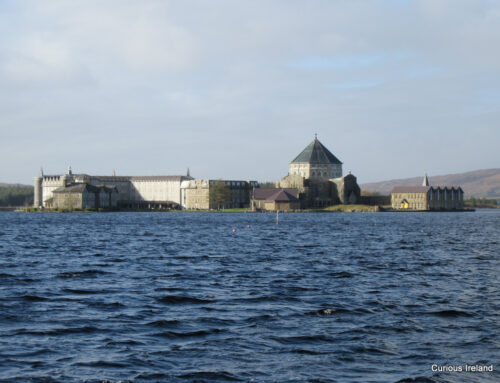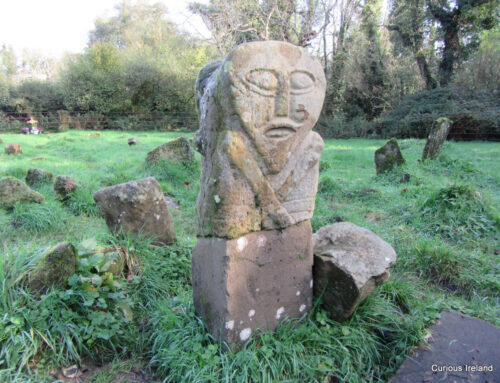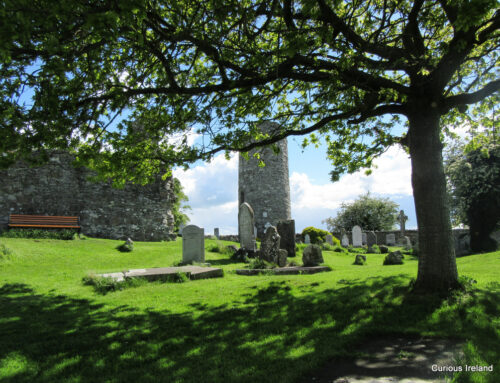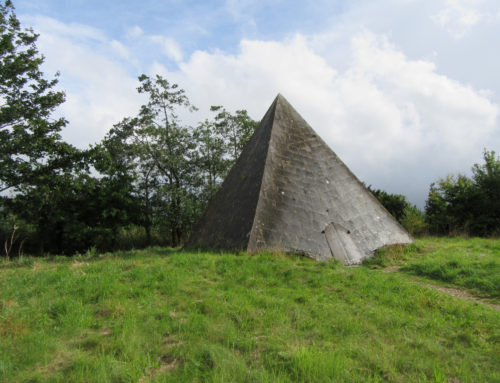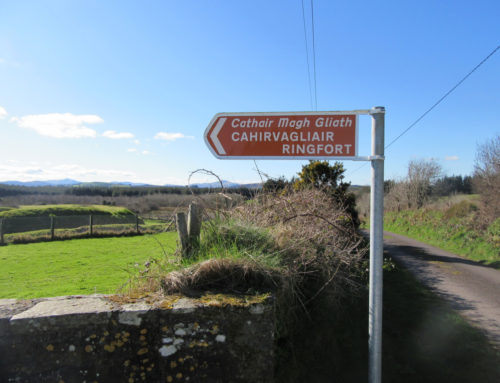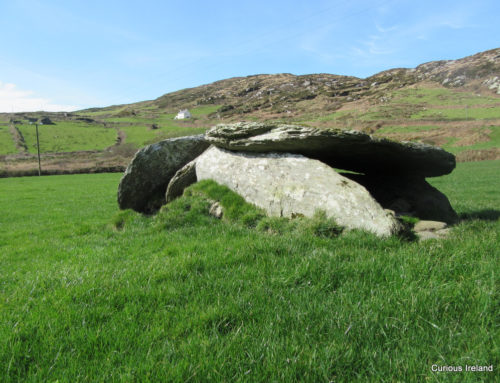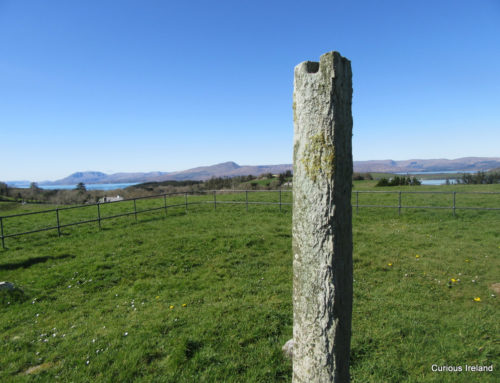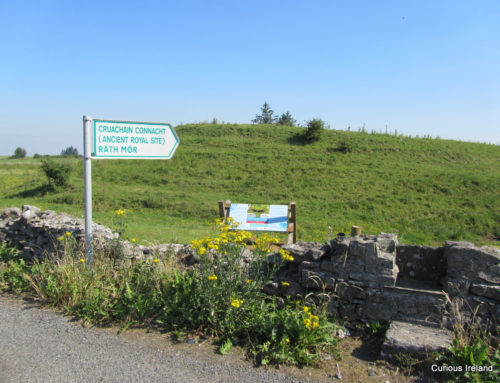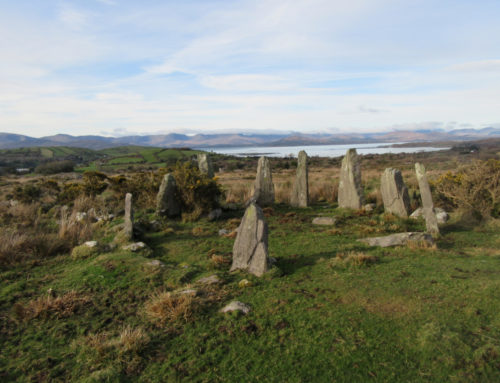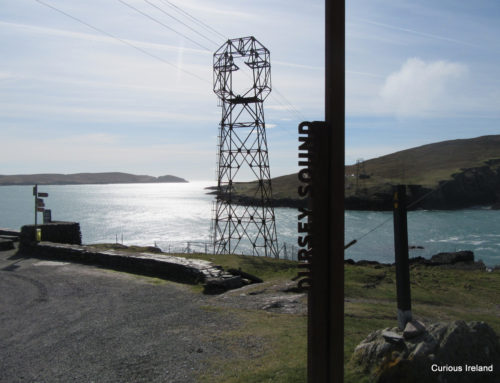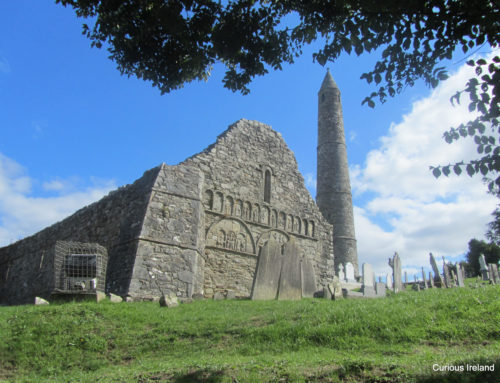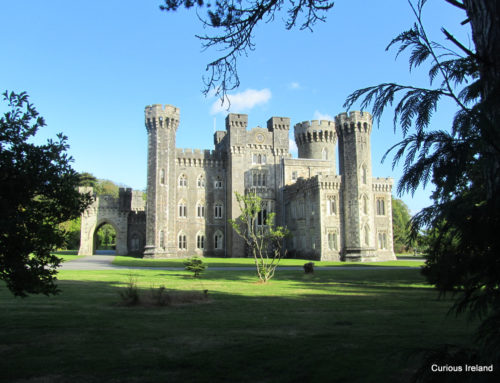The Beaker culture is the name of a cultural phenomenon which occurred in large parts of Western Europe during the late Neolithic and early Bronze Age period. The term was coined by John Abercromby, based on the culture’s distinctive pottery drinking vessels which are often found in communal domestic and burial sites throughout Europe. The Beaker pottery was rarely used as grave goods. This stands in contrast to the rest of Europe where it frequently found in both roles. The inhabitants of Ireland used food vessels as a grave good instead. They introduced ceramics, the earliest metalwork, stone wrist guards, and arrowheads into our culture as well as the earliest form of the Celtic language. Their arrival marked the end of the Neolithic culture of megalithic passage tombs associated with the likes of Newgrange and Knowth. During this period it is also believed that no other large migrations of people came to Ireland.


